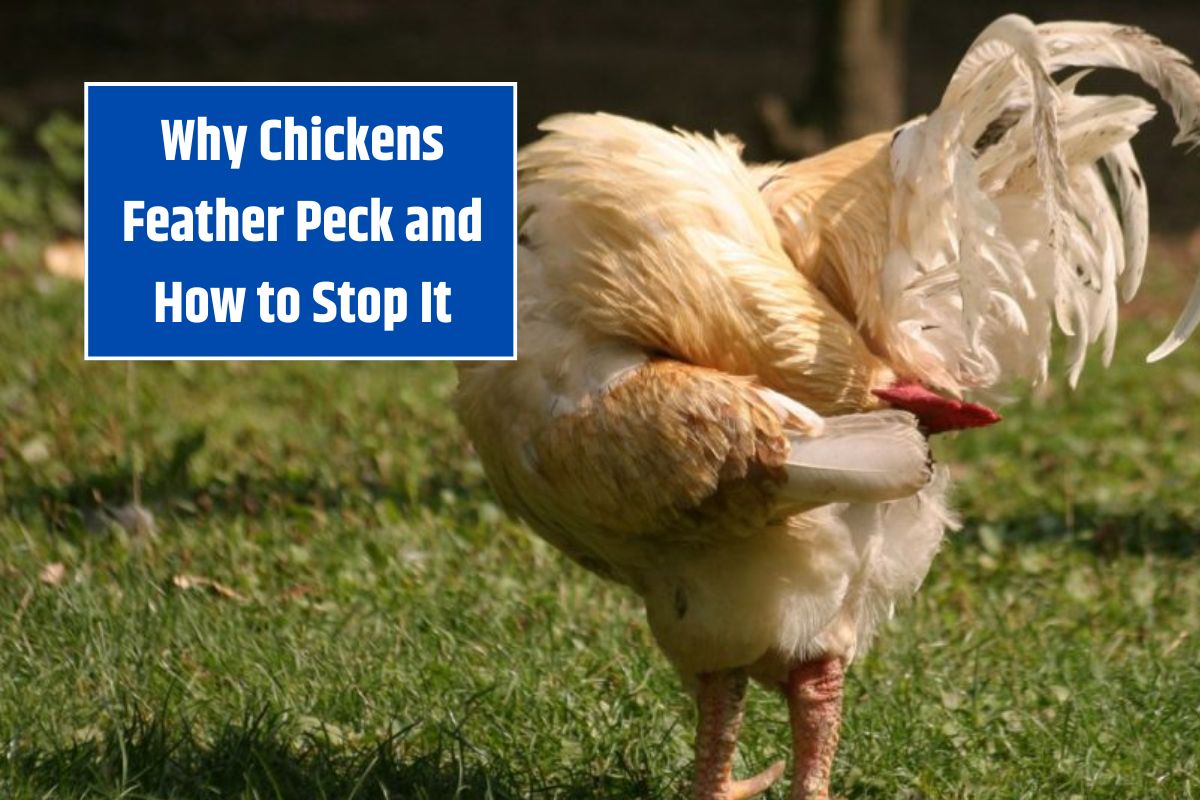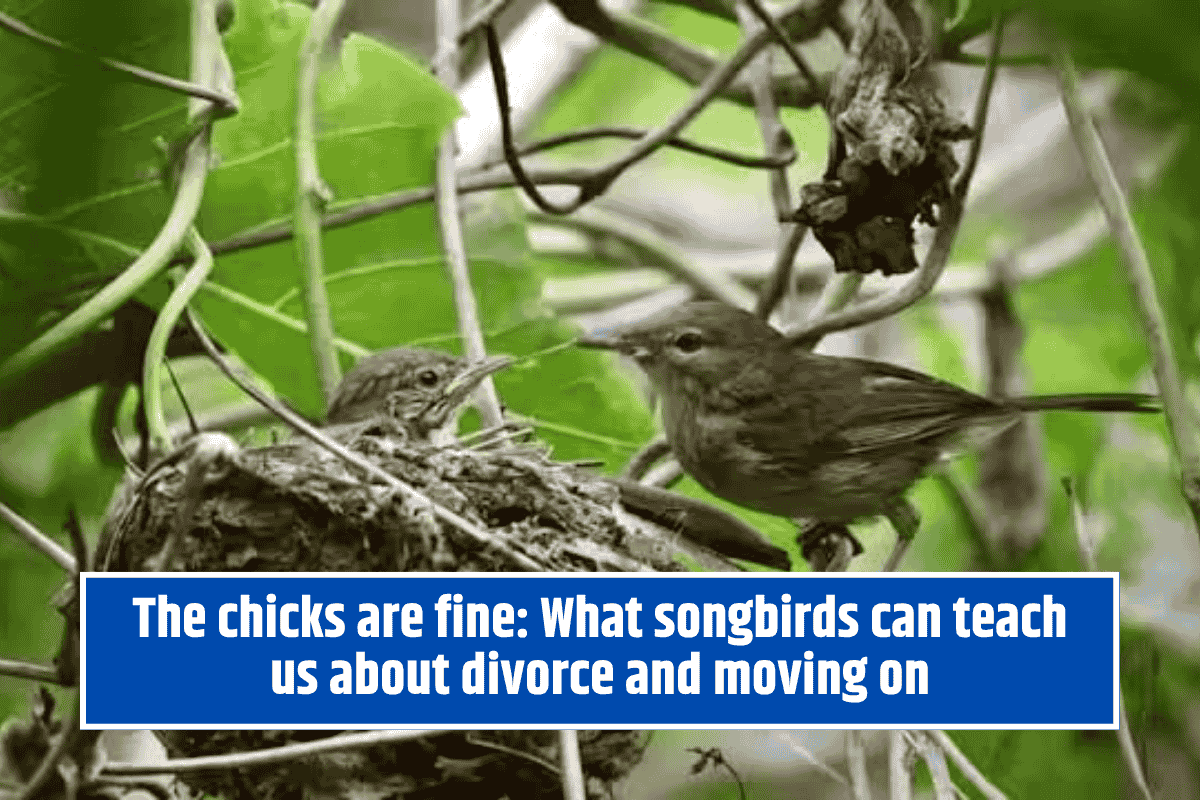Feather pecking, or feather picking, is a common issue in backyard flocks that can lead to injury, stress, and even death if left unchecked. By understanding its causes, learning preventive measures, and implementing corrective actions, you can ensure a healthy and harmonious environment for your chickens.
What is Feather Pecking?
Feather pecking is a behavioral problem where chickens purposefully pull out feathers from other birds. It can lead to:
- Plumage Damage
- Skin Injuries
- Cannibalism
This behavior is different from occasional pecking that occurs as part of a flock’s social hierarchy (pecking order). Feather pecking is often triggered by environmental or health factors and can spread quickly if not addressed.
Causes of Feather Pecking
- Curiosity: Chickens peck at objects that catch their attention. Food or debris stuck to feathers can spark pecking.
- Dietary Deficiency: Lack of protein, sodium, or other nutrients can cause chickens to pull and eat feathers.
- Overcrowding: Limited space can lead to stress and aggression.
- Boredom: Chickens without stimulation may develop destructive behaviors.
- External Parasites: Mites and lice cause irritation, leading to self-pecking and attracting other chickens to peck.
- Overheating: Heat stress can cause chickens to become irritable and aggressive.
- Excessive Light: Bright or prolonged lighting can increase stress and agitation.
- Injuries: Blood or exposed skin from injuries attracts pecking.
- Genetics: Some breeds or strains are more prone to feather pecking.
- Appearance Differences: Chickens with unique features (muffs, beards, or crests) or new flock members may be targeted.
How to Prevent Feather Pecking
1. Provide a Proper Diet
- Feed a high-quality, balanced layer feed appropriate for your chickens’ age and stage of life.
- Ensure adequate protein (16-18% for layers) and calcium levels.
- Avoid stale or moldy feed.
- Provide supplemental grit and oyster shells for digestion and calcium.
2. Maintain Proper Space Requirements
- Coop Space: Provide at least 4 square feet of coop space per bird. Larger breeds need more space.
- Enclosure Space: Ensure at least 8-10 square feet of outdoor space per chicken.
- Feeder Space: Have enough feeders to prevent crowding.
3. Prevent Boredom
- Foraging Opportunities: Use straw, leafy greens, or deep litter with scattered grains to encourage natural pecking and scratching behavior.
- Toys and Treats: Provide hanging vegetables, treat balls, or mirrors for entertainment.
- Free-Range Access: Allow chickens to explore and forage in a natural environment.
- Rotating Enrichment: Change the layout of enrichment items regularly to keep chickens engaged.
4. Use Proper Integration Methods
When adding new chickens to an existing flock:
- Introduce them in groups of 3 or more.
- Ensure they are a similar size to the existing flock members.
- Use a “see but don’t touch” method by keeping new chickens in a separate but visible area for a week or two.
5. Control Light and Heat
- Use no more than a 40-watt light bulb for supplemental lighting.
- Limit light exposure to 14-16 hours per day.
- Use red or infrared lights if brighter lighting is needed.
6. Manage Health
- Monthly Health Checks: Inspect for external parasites, injuries, or illness.
- Quarantine: Remove sick or injured birds to prevent bullying and allow healing.
How to Stop Feather Pecking
If feather pecking becomes a problem, take immediate steps to stop it.
1. Identify and Remove the Victim
- Remove the targeted bird to allow healing and prevent further pecking.
- Reintroduce the bird once it has recovered.
2. Treat Injuries
- Apply BlueKote or similar antiseptic to wounds to mask the color red and discourage further pecking.
- Avoid using bright-colored salves that may attract more pecking.
3. Separate the Aggressor
- Remove the pecking bird(s) temporarily. This disrupts their habit and lowers their aggression when reintroduced.
4. Use Beak Goggles or Blinders
- Install beak goggles to limit the forward vision of aggressive birds, reducing their ability to peck at others.
5. Improve Diet and Environment
- Address potential dietary deficiencies by supplementing feed with additional protein or amino acids like methionine.
- Provide adequate space and enrichment to reduce stress and boredom.
Common Mistakes to Avoid
- Ignoring Early Signs: Feather pecking can escalate quickly if not addressed.
- Overcrowding: Too many birds in a small space is a common trigger.
- Using Excessive Light: Bright or prolonged lighting stresses chickens and encourages aggression.
- Failing to Quarantine: Injured or sick birds left in the flock are at risk of being bullied.
Conclusion
Feather pecking is a challenging but manageable issue. By understanding its causes and implementing preventive measures, you can ensure a peaceful and healthy environment for your flock. Remember to monitor your chickens closely, provide adequate space and stimulation, and address issues promptly to keep your flock happy and thriving.
Frequently Asked Questions
1. What is feather pecking in chickens?
Feather pecking is a behavior where chickens pull out feathers from other birds, leading to injuries and potential cannibalism.
2. How can I prevent feather pecking?
Provide a balanced diet, ample space, and enrichment. Avoid overcrowding and manage health issues promptly.
3. Why do chickens eat feathers?
Feather eating often indicates a dietary deficiency, especially in protein or certain minerals.
4. Can feather pecking lead to cannibalism?
Yes, if left unchecked, feather pecking can escalate into cannibalism, especially if injuries result in exposed blood.
5. How do I treat a chicken with injuries from feather pecking?
Apply BlueKote or similar antiseptic to wounds, and remove the injured bird until it heals.














